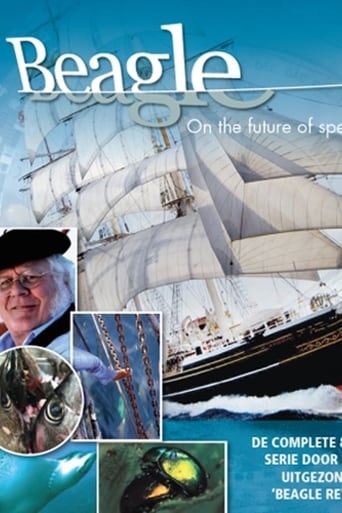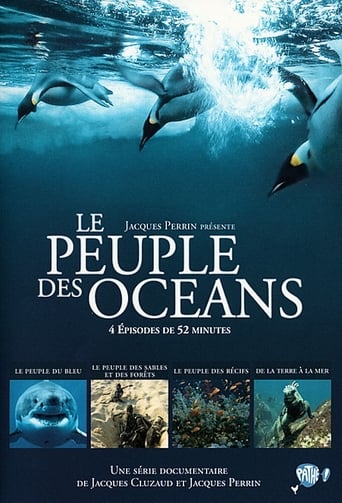
Voyage of Darwin’s Beagle (2012)
Beagle: In Darwin’s Wake is a commemoration of 150th anniversary of the publication of Darwin’s book “On The Origin of Species”. Almost 180 years after Charles Darwin’s journey circumnavigating the world, a crew of authors, artists, and scientists follow in his footsteps. Journalist and presenter Lex Runderkamp, biologists Dirk Draulans and Sarah Darwin (who is the great-great-granddaughter of Charles Darwin), the artist Anthony Smith and the writer Redmond O’Hanlon are accompanied by a number of invited guests whose backgrounds are compatible with the theme of each of the 8 episodes. The series was initiated by the Dutch-Flemish state broadcaster VPRO. The crews 8 month long voyage on board of the clipper Stad Amsterdam began from the English port of Plymouth on September 1, 2009 and traced the route of the HMS Beagle’s 5 year voyage (1831-1836).
Country:
Language: En
Runtime:
Season 1:

The first episode visits Tenerife of Canary Islands and Cape Verde while crossing the Atlantic ocean to Salvador da Bahia in South America. The narration is interlaced with quotes read from Darwin’s The Beagle Diary.

When Darwin set foot in Rio de Janerio he witnessed the brutality of slavery. Brazil is a melting pot of genetic diversity. All fossil and genetic evidence points that Africa is the home continent where modern Humans originated about 200 thousand years ago. As Humans spread and colonized new continents genetic diversity eroded gradually proportional to the distance away from Africa. Loss of genetic diversity was because of joint effects of two well understood genetic phenomena known as population bottleneck and founding events.

Darwin had some damning statements about Fuegans contrasting with his contemporary co-discoverer of the theory of evolution Alfred Russel Wallace who had a huge respect to people he met both in the Amazons and Malay Archipelago. Meeting with savage Fuegans made Darwin thought that Humans are no different from other animals whose actions are constrained by nature.

The crew of Stad Amsterdam visits a few of the remaining glaciers on the southern tip of South America and reflects on the geology of Andes mountain range. Reduction in mass balance of glaciers is a worrying trend reported by glaciologists. The episode also covers problems associated with salmon farms in Chili.

The Galapagos islands has been a pivotal single location where everything came together in Darwin’s mind. The geology of the archipelago and almost every species (Tortoises, iguanas, finches) he observed on each island showed significant variation.

In Australia the arrival of Europeans profoundly effected the biology of the continent through introduction of non-native species that are reproducing and invading at an unprecedented rate. Australian biologists call it “extinction calamity” since the continent has lost one in ten of its native mammals species in the past 200 years. The effects of climate change is also evident with severe droughts and wild fires. A large fraction of Australian vegetation is serotinous that is adapted to disperse their seeds when triggered by fire. Cane toads are one of the prime example of catastrophic species introduction with unintended consequences. Decades after their intentional release cane toads continue to spread over the continent.

In this leg of the journey in Australia the theme “On the Future of Species” dominates the episode. Darwin absolutely had no clue on how genetic information from parents were transmitted to the offspring and he was perfectly aware of his situation. On the other hand, while he was writing his book battling with hereditary questions, an Augustinian friar with a scientific mind was carrying out his experimental crosses in a monastery which was going to lay the foundations of genetics.

In this last episode of the series the crew of Stad Amsterdam visits Mauritius island before making a final stop in South Africa where the journey of modern Human ancestors began 200 thousand years ago. San culture in South Africa is the most ancestral Human population finding Like many island ecosystems Mauritius has been impacted by introduced species such as macaques. Species evolved on island systems are more prone to extinction. The flightless bird the Dodo is the icon of extinction in islands entirely due to Humans. An ambitious conservation project aims to restore the original biodiversity in an island called Ile aux Aigrettes. Similar conservation programs are employed in islands including the Kaena Point in Hawaii where biologists have fenced an entire peninsula to prevent access of non-native mammals.




















